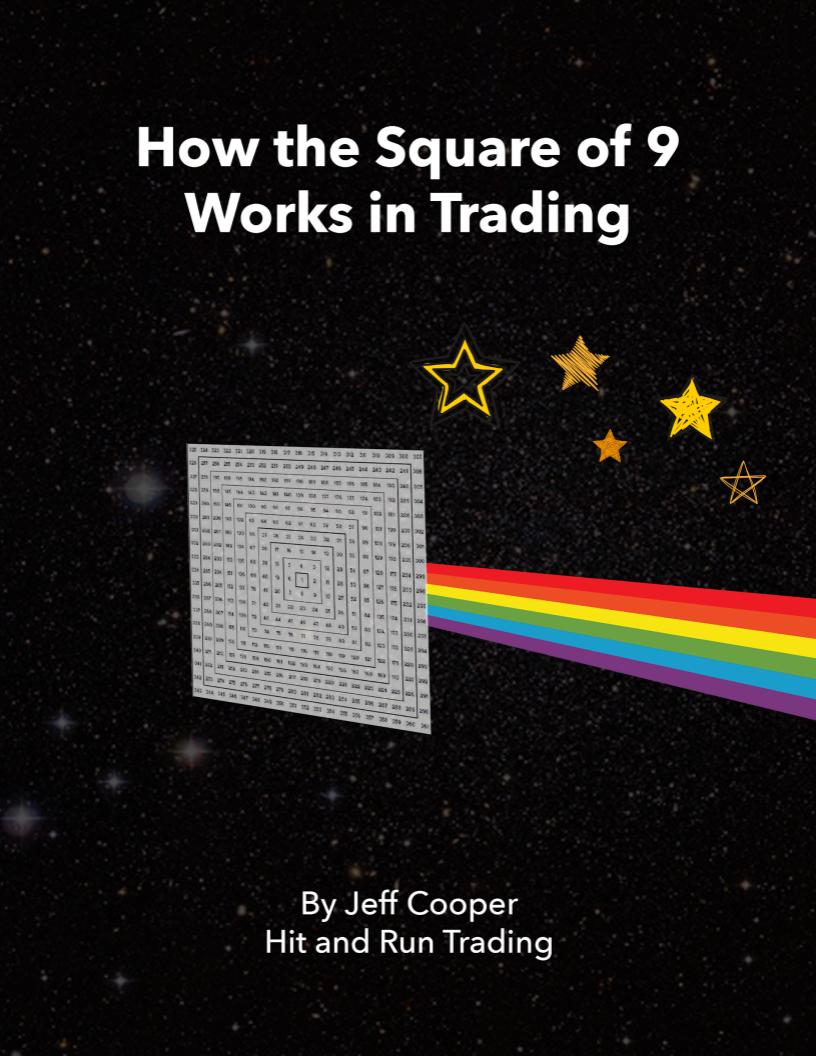What’s Bigger Than A Bubble?
“History has taught us that when, like in 1999-2000, we have this long protracted setup, markets ultimately enter a deep, prolonged Bear Market.” – Don Mead
You cannot know what’s going on in the market by looking at the popular averages alone.
You must look at the action and behavior of a wide list of leading names.
To do so, you need to spend time going through at least a hundred names.
This will give you a true look at what’s under the hood.
Currently only one of the FATMAN names is leading, TSLA.
FATMAN G is FB, AAPL, TSLA, MSFT, AMZN, NVDA and GOOG.
FB topped on August 26.
AAPL topped on September 2 and tested that high on Dec 29, leaving a Soup Nazi signal reversal bar in the aftermath of a nominal new high.
MSFT set an all-time high on September 2.
Ditto AMZN and NVDA. NVDA tested its September high on November 9, leaving a Key Reversal day on what looks like a secondary high.
GOOG hasn’t struck a new high since December 3.
The action in these marquee names is reminiscent of the pattern high in 2007 when the SPX struck a primary high in mid-July and broke down, followed by a return rally that set a nominal new high in October.
The market held up until year end, but the selling began in earnest on the first trading day of 2008.
This year, these marquee names set highs in September for the most part and tested those highs and are going sideways.
This year, the SPX set a high on September 2, broke sharply and has rallied back, albeit to more than a nominal new high.
That parallel caught my attention, however, when the first trading day of 2021 saw distribution.
Now the jury is out and upside follow through suggests the 4000 SPX region I forecast on March 23 may be on the table.
The lone marquee name that is shooting the lights out is TSLA, which is up 100% from its up opening gap on November 17… SEVEN weeks ago.
SEVEN is in caps for a reason. Long time readers of my reports are familiar with the Gann Panic cycle of 7 weeks.
Gann wrote that 7 is the number of time, “the fatal number.”
This Panic Zone of 7 weeks applies to waterfall declines and crashes as well as blow offs and Climax Runs.
I think much of last week's market behavior — getting hit on the first trading day of 2021 and squeezing to a record high on Friday — can be laid at TSLA’s doorstep.
Allow me to explain. While TSLA is a big cap now, it is a relatively thinly traded, closely held stock.
TSLA is a good target for Option Sweeps. This is when a big player of clique of big players zeroes in on call options a week out and then guns the stock, forcing the market maker who sold them the calls to offset his risk by going out and buying the stock.
Other market participants see the momentum and jump on the band wagon, creating a virtuous circle depending on whether you are inside or outside the circle.
To wit, the TSLA 750 calls at the open of the year for Friday opex, January 8 were selling for $2. They were bought in size.
On Friday they were over 130, with TSLA trading over 880.
Not too shabby.
This tactic works particularly well on a stock that is the tip of the spear of momentum, a story stock and a cult name. TSLA is a trifecta.
Because TSLA was just inserted into the S&P 500 two weeks ago, my conjecture is this had an outsized influence on the SPX.
At the same time, there is too much euphoria in smaller speculative stocks with little to no earnings.
Names like PLUG, EOSE, FATE, BEAM, as well as Hit & Run long picks last week, EXPI, FUTU and FLGT, to mention a few.
Parabolas don’t breakdown over a few days and then magically resume their upside trajectory.
Along with the frenzy in speculation and the flat-lining of FATMAN, institutional money is pouring into more conservative stocks while the growth glamours we traffic in at Hit & Run rally on low volume.
Taken together, these are signs that warrant caution, that the rally is getting exhausted.
In sum, we have these 7 Deadly Sins:
1) Growth glamours are underperforming value.
2) Several leaders are trading below key moving averages. Names include OKTA, APPS and NET.
3) We have Totem Poles, vertical moves, in EV, alternative energy, biotech and bitcoin. The chasers in these names can sell as quickly as they bought.
4) FATMAN less TSLA is on a diet. It is not feeding at the momentum trough. Their sideways move may be a distribution and a precursor to breaking down, which will weigh on the indices.
5) Climax Runs in many areas indicate that anyone who wanted to buy may have bought.
6) Contracting volume on previous leaders as they continued higher. This is indicative of Late Stage action.
7) Perhaps most important of all my watch list of viable long sets is dwindling. There are too many vertical bars which present poor risk to reward ratio or failed pullback setups.
IWM best epitomizes the rotation from laggards to leaders.
The following weekly IWM shows that it peaked in late August 2018 and only cleared that high last fall.







